After gathering feedback from halves, our team developed the first prototype of our drawer system with just one drawer lying at the back of the draft table and players can pull up the drawer to navigate through different objects.
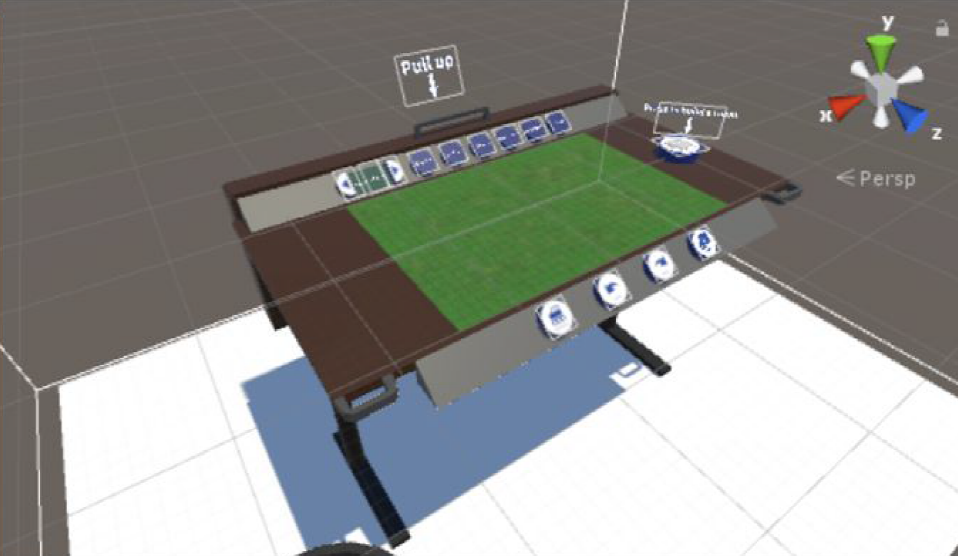
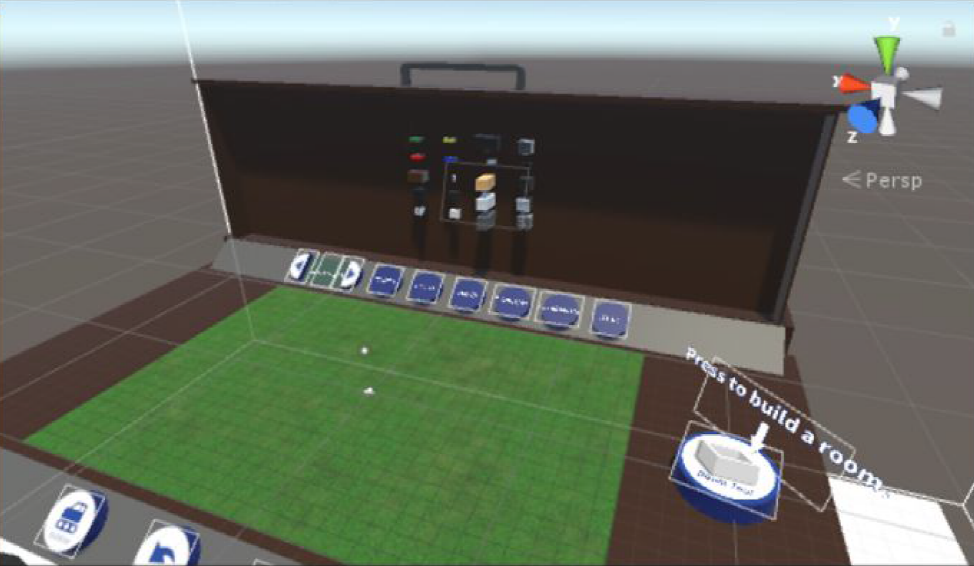
Programming wise, we finished the function of scaling and teleportation and integrated these two functions into the build. We also mapped UI buttons onto the table to test how they look and how easy they are to read and access.
For scaling, we had two different thoughts on the transition: do we what the players to experience the transition of scaling or will that take away the experience of building?
After asking around, most of our play-testers thought showing the transition should be cool instead of blink through the transition which will be more like teleportation.
However, from our playtest, after actually being in VR, fast transition with camera moving and scaling can easily cause motion sickness. Besides, players are more likely to try the transition of scaling instead focusing on the building/decorating experience… Eventually, we decided to keep the blink feature and simulate the scaling function as part of the teleportation which will make the players feel better and be more focused on the actual experience.
The teleportation worked well in VR. As our research goes on, we found that it has already been a common standard for VR experience that players can teleport.
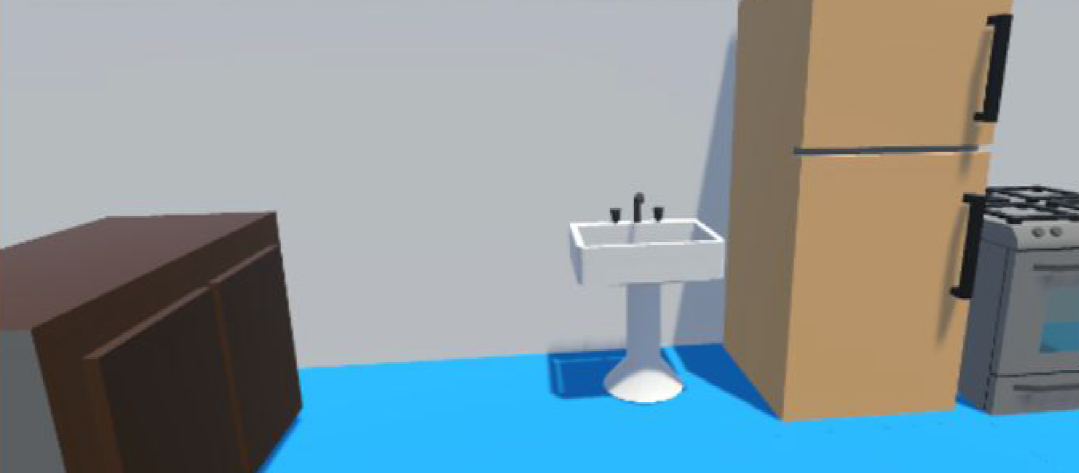
From our previous play-tests while we were using a hammer to indicate the tool for building, play tester either didn’t understand what was the hammer for or they wanted to knock on items on the lot. People thought that hammer is more like a tool indicate the delete function. Therefore, in our build version 0.1 we changed the hammer to a button. When play press the button, they will enter the build mode with a UI icon attached on the controller. This change gives players more information about what they should do in the experience.
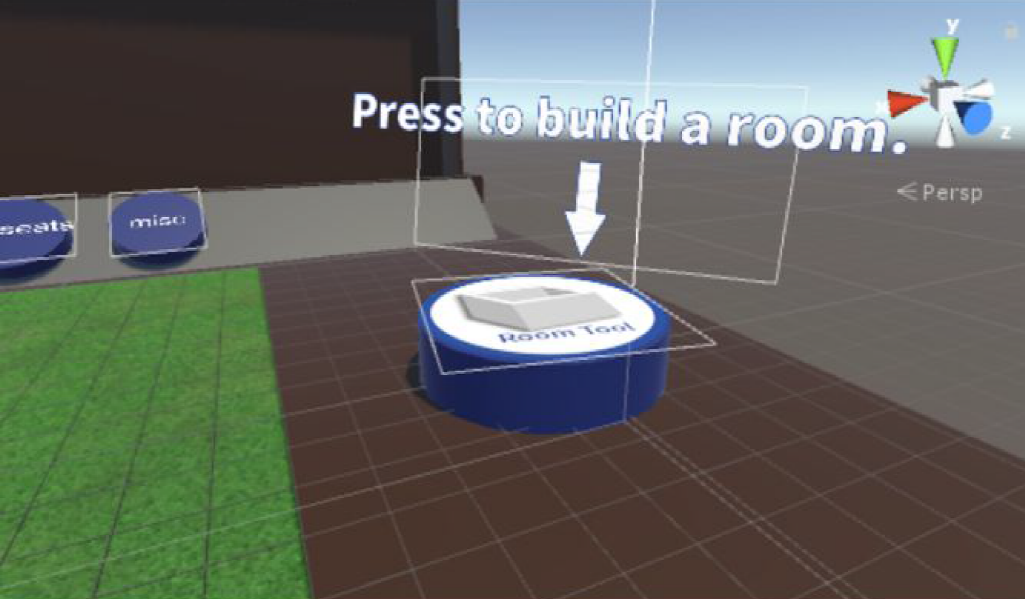
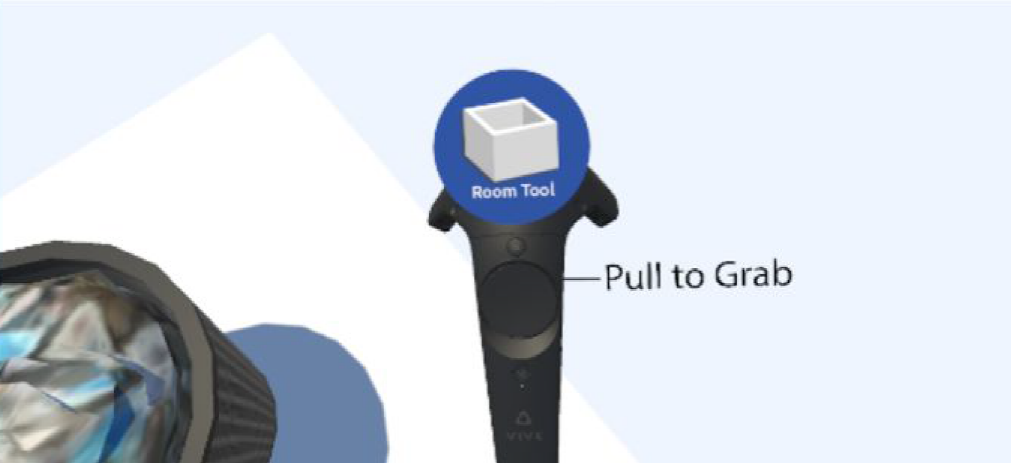
Some general feedback on the drawer system: people think that drawer at the back of the table is not intuitive enough and also it is hard to reach that far to access the drawer. Besides, all the play testers thought the objects are too small in the god view.
As we invited Jesse Schell to try out our experience, he suggested that people are good at muscle memory and encouraged us to have multiple drawers and teach the players to remember their positions and functions, which we will try and integrate into our experience this week.
For more reference, you may find a demo video below:
Next week, we will integrate the flat UI mapped on the controller and test out the multiple drawer design.